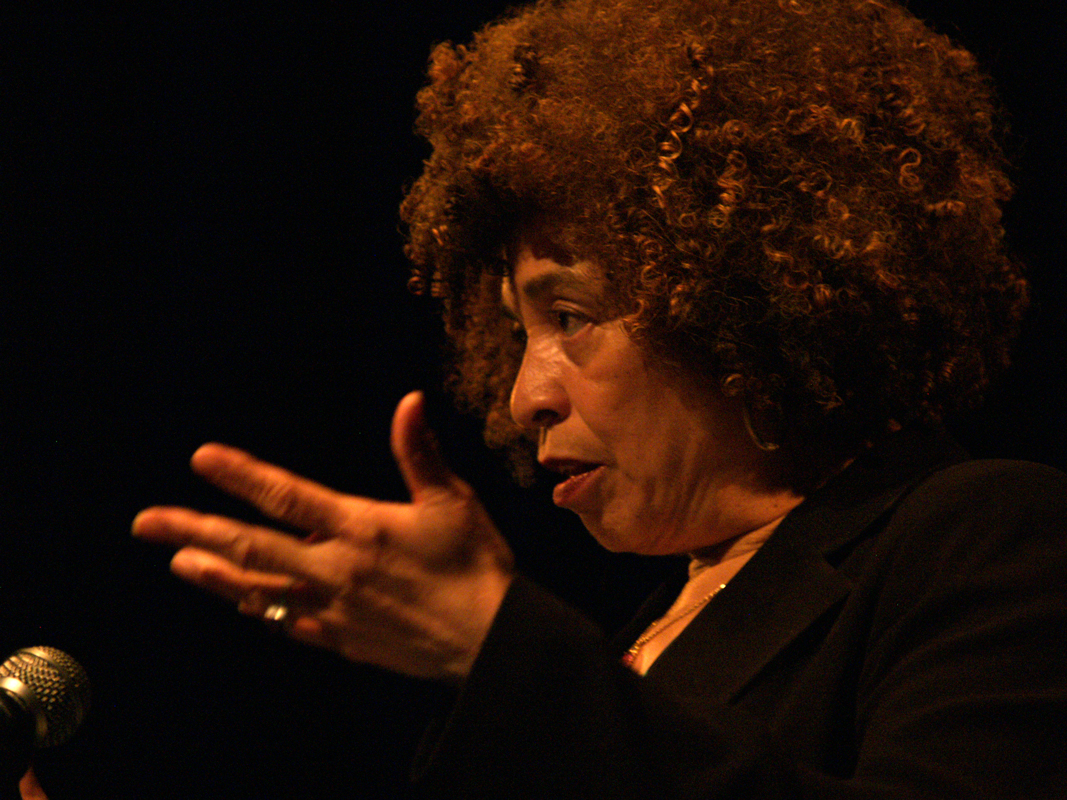The History Behind Angela Davis’ Arrest
Davis was born on January 26, 1944 in a predominantly black neighborhood in Birmingham, Alabama. The area was known as “Dynamite Hill” because of the frequent bombings by the Klu Klux Klan. Between the ‘40s and ‘60s, over forty unsolved bombings targeting black homes were recorded in the neighborhood. Davis’s father Frank worked at a service station, and her mother, Sallye, was a primary school teacher and active member of the National Association for the Advancement of Colored People, even though just being a member in Alabama was dangerous at the time. As a teenager, Davis moved to New York City with her mother and continued her education at Elizabeth Irwin High School, which served as one of Davis’ first exposures to the left since a handful of teachers there were blacklisted for their involvement in the communist party. After graduating high school, Davis pursued a degree in philosophy at Brandeis University, graduating magna cum laude and as a member of the Phi Beta Kappa honor society in 1965. Davis later received her M.A. from the University of California at San Diego in 1968.
Before graduating from Brandeis, Davis got involved with the Civil Rights Movement because of the connection she felt to the killing of four young black girls in a bombing in her hometown. After two years of being involved with the movement, Davis began to gravitate farther left. In 1967, Davis was an active member of the Student Nonviolent Coordinating Committee, the Black Panther Party, and the American Communist Party. During these two years, Davis began to get involved with the movement to improve prison conditions because of the research she was conducting about how racism functioned in the prison industrial complex. Shortly thereafter, she became involved in the campaign for the release of the Soledad Brothers, three African-American inmates who had been indicted for killing a prison guard.
On August 7, 1970, Jonathan Jackson, the brother of one of the indicted inmates, attempted to free the Soledad Brothers by taking hostages at the Marin County Courthouse, who included Superior Court Judge Harold Haley, a deputy district attorney and three jurors. During the stand off, Jackson armed and released some of the black defendants at the courthouse. While attempting to flee, Jackson and the prisoners were chased by the cops who began shooting at the moving vehicle. The armed conflict resulted in the death of Jackson, Judge Haley, and two other prisoners. Later, it was discovered that Davis had purchased the weapons involved in the incident and a federal warrant charging her with kidnapping, murder and criminal conspiracy was put out for her arrest on August 14. Because the weapons belonged to Davis, they charged her with all the resultant crimes of which the weapons were a part.
Upon hearing this, Davis fled. Four days later on August 18, she became the third woman listed on the FBI’s Top 10 Most Wanted Fugitives. She was eventually caught in October of that same year at which point President Richard Nixon congratulated law enforcement on the capture of a “dangerous terrorist.” Davis maintained that she was innocent. When people heard of her capture, the “Free Angela Davis” campaign was organized by her supporters. The campaign was so huge that John Lennon and Yoko Ono, two prominent figures in the music industry, wrote a song called “Angela” to contribute. The demonstrations during Davis’ high profile trial led to her release on bail, after a total of sixteen months of confinement. On June 4, 1972 Davis was found not guilty: her owning the guns was not considered sufficient to confirm her involvement.
At the time of the events, Davis was teaching as an assistant philosophy professor at the University of California at Los Angeles (UCLA), a position which she lost because of her pronounced involvement in the Communist Party. After the incident, Davis continued to face trouble with the California State university system. The state’s governor, Ronald Reagan, started a campaign to prevent her from teaching, but was unsuccessful.
Today, Davis is hailed for standing for what she believed in as well as for writing academic papers on sexism, classism, racism, and prison abolition. She continued to be involved in the American Communist Party and in the 1980s ran twice as their candidate for Vice President. Her affiliation lasted until 1991, when she fell out with them in response to their actions during the break up of the Soviet Union. In 1994, she was appointed as the University of California Presidential Chair in African American and Feminist Studies. She has spoken in all fifty states as a guest lecturer, as well as abroad in the Caribbean, Africa, and the former Soviet Union. To date she has written or co-authored eight books, including Angela Davis: An Autobiography (1974), Women, Race, and Class (1983), and Abolition Democracy (2005), and contributed to many more. Davis currently teaches at the University of California at Santa Cruz as the Professor Emeritus of History and Consciousness as well as Feminist Studies. She continues to be an activist and is relentless in her efforts to abolish the death penalty and the prison industrial complex. She encourages her students to pursue activism in what they believe, stating “I think the importance of doing activist work is precisely because it allows you to give back and to consider yourself not as a single individual who may have achieved whatever but to be a part of an ongoing historical movement.”

